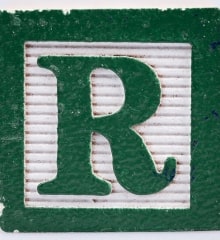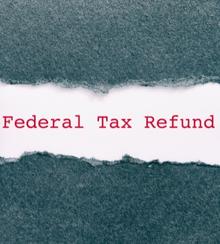Documents Needed to File for Chapter 13 Bankruptcy: Complete Guide
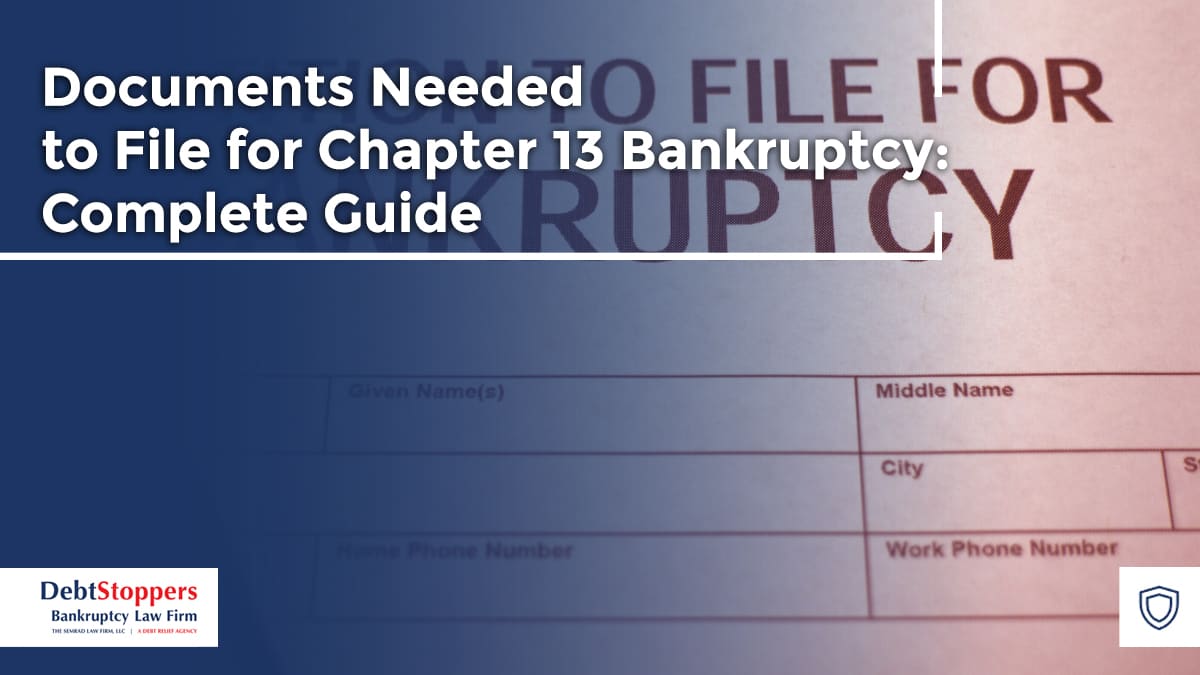
No one plans to file for bankruptcy. It just kind of happens over time: missed payments, more bills, one thing after another. Then, one day, you sit down and realize it’s too heavy to handle alone. That’s where Chapter 13 steps in. It’s not the end. It’s a reset that helps you catch your breath and keep the things that matter most.
If you’ve ever wondered what is a chapter 13 bankruptcy, think of it as a plan that helps you pay back what you owe while keeping your property. It gives structure, time, and space to rebuild.
Now, before any of that moves forward, there’s the paperwork. And it’s a lot. The court doesn’t take guesses; it needs proof. Your income, your debts, your taxes, your property, every piece tells part of the story. Getting it together early makes everything smoother later.
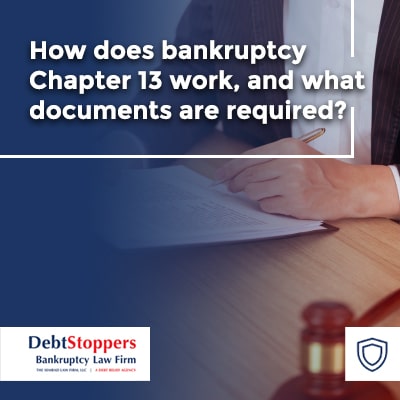
How does bankruptcy Chapter 13 work, and what documents are required?
So, how does bankruptcy Chapter 13 work? It’s a repayment plan you build around what you can really afford. Instead of losing everything, you promise to pay back what you can over a few years, usually three to five. The court checks that plan, a trustee oversees it, and if it all makes sense, you get to start fresh while keeping your property.
To do that, you’ll need to hand over a full picture of your finances:
Each paper matters because the trustee uses it to check if your plan is realistic.
It’s not fun, no. But it’s the groundwork that keeps the rest of the process standing. Miss something here, and the whole thing wobbles. Take your time, breathe, and double-check. It’s worth the effort.
How to organize your Chapter 13 bankruptcy documents before filing?
Before you print a single page, pause and make a plan. A stack of papers without order turns into stress fast. Missing one document can send you back to the start, and no one wants that. So, take a few minutes, clear a table, and spread everything out.
Make a folder for income, another for debts, and one more for the rest. Put your pay stubs, benefit letters, and anything that shows regular income in the first one. In the next, keep your bills and loan statements. Add your tax returns, lease, or deed. When your paperwork looks clean and sorted, your chapter 13 bankruptcy lawyer will move faster and find problems before the trustee does.
Can you file Chapter 13 bankruptcy documents electronically?
Yes, most courts now let you do that through secure online systems. It saves time and helps avoid lost envelopes or missing pages. Still, don’t rush. Every court district has slightly different upload rules, and one wrong format can make the system reject your file.
If you are working with a lawyer, they will usually handle it. If you decide to file yourself, check every page. Make sure the forms are signed, scanned clearly, and uploaded in the right order before you file for bankruptcy Chapter 13. Think of it like turning in a school project where neatness counts.
And if you’re still unsure how to file for chapter 13 bankruptcy, your local court website usually lists every step and deadline you’ll need to follow.
What happens if your Chapter 13 bankruptcy documents are incomplete or inaccurate?
Let’s be honest, this part catches more people off guard than anything else. You gather a stack of papers, send them off, and think you’re done. Then you get a notice saying something’s missing. Maybe a paycheck stub fell behind the printer. Maybe a balance was off by fifty bucks. It happens all the time.
The problem is, the court doesn’t see “a simple mistake.” It sees a reason to pause your case. And once that happens, the clock stops. Trustees don’t move forward until everything adds up. So before you file for chapter 13 bankruptcy, take a quiet hour, grab a coffee, and double-check your forms. Read every number like it’s your own paycheck — because it is. That extra care can mean the difference between approval and starting over.
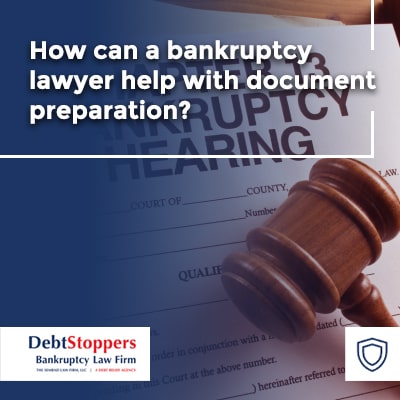
How can a bankruptcy lawyer help with document preparation?
Most people try to handle the forms on their own first. It seems doable: just print, fill out, send. Then reality hits. Questions pop up that no article ever explained. Numbers don’t match. Something feels off, but you can’t tell what. That’s when a chapter 13 bankruptcy lawyer becomes worth their weight in gold.
A lawyer has already seen every kind of case you can imagine. They know which mistakes hold things up and which documents always cause confusion. They’ll go over your income, debts, assets, and make sure everything lines up before the trustee sees it. And if something’s missing, they fix it fast.
It’s not just about paperwork. It’s about having someone next to you who’s calm when you’re not. Someone who’s done this a hundred times before and knows the turns ahead. That takes the pressure off, big time.
What to expect after you file for Chapter 13 bankruptcy?
The moment you file chapter 13 bankruptcy, the noise stops. Calls stop. Letters stop. For a lot of people, that silence is the first good night’s sleep they’ve had in months.
Then comes the meeting of creditors. Sounds heavy, but it’s usually quick: ten, maybe fifteen minutes. The trustee looks through your forms, asks a few things, and checks if your plan makes sense. You answer, they nod, and you walk out feeling lighter.
After that, it’s all about staying on track. Make your payments, keep records, and tell your lawyer if your income changes. Some months will feel easy, some won’t. But every payment is one step closer to finishing. And when that final notice comes, it’s like breathing again. You made it through.
If you’re considering filing and want a trusted team to guide you every step of the way, DebtStoppers has helped thousands of clients successfully navigate Chapter 13 bankruptcy, from document preparation to court approval. With experienced attorneys handling your case, you can focus on rebuilding your financial life while they handle the details.
